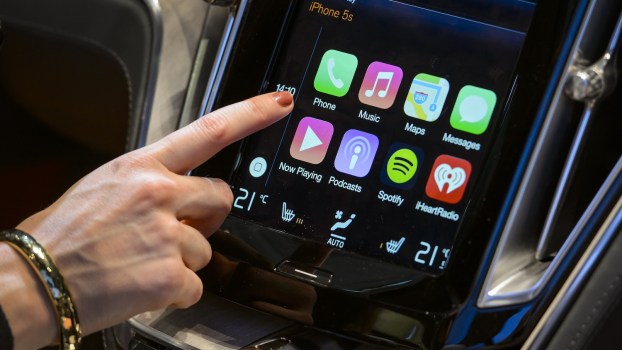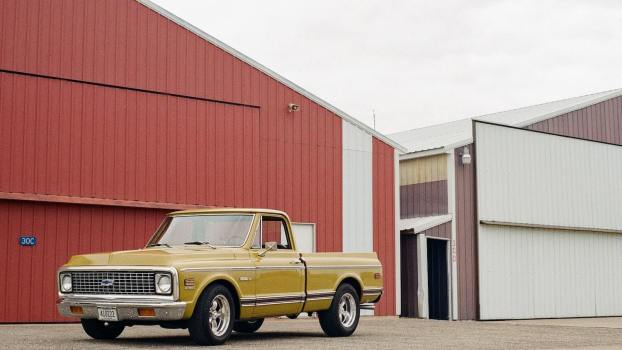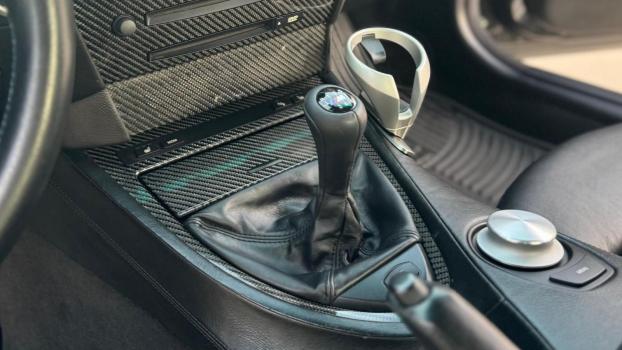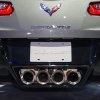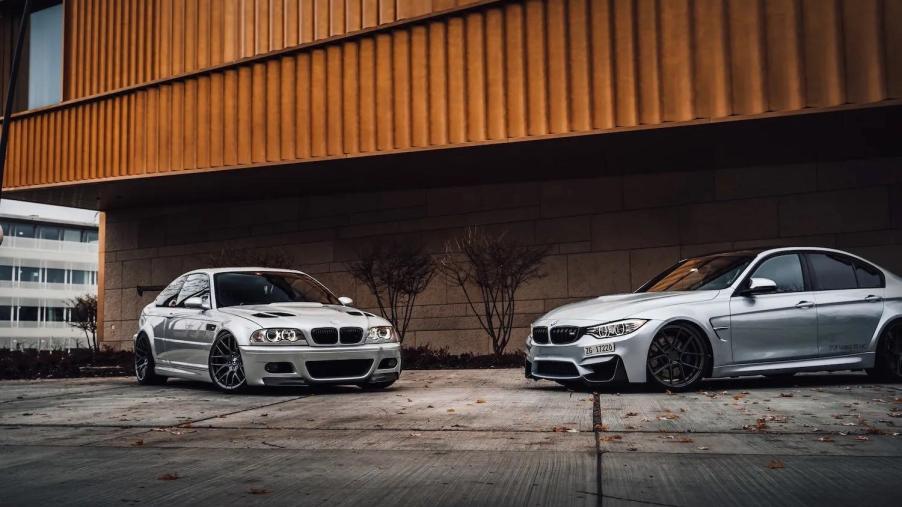
Are Old ‘E46’ BMW 3 Series Actually as Reliable as New Cars?
So you have a friend who is a die-hard BMW fan and they are always insisting that the high point of the 3 Series was the “E46” generation (1999-2004). But they are also always wrenching on their 20-year-old sports car. Here’s the truth about what breaks on these cars and how reliable you can expect them to be.
As time marches on, newer and newer cars are considered “classics.” For years, 1980s and 1990s cars have become increasingly popular collector’s items. They even have their own car shows called “Radwood” meets. Some classic BMW fans are beginning to collect and drive early 2000s cars, such as the “E46” generation of the 3 Series. I’ve previously written about the rising prices of high trim E46 BMWs. I expect to see more basic versions follow soon.
BMW is known for good sports car engineering and high build quality–especially for powertrain components. But they aren’t invulnerable to the effects of time and mileage. An E46 is now at least 20 years old. Even though these powertrains are relatively reliable, other components do wear out.
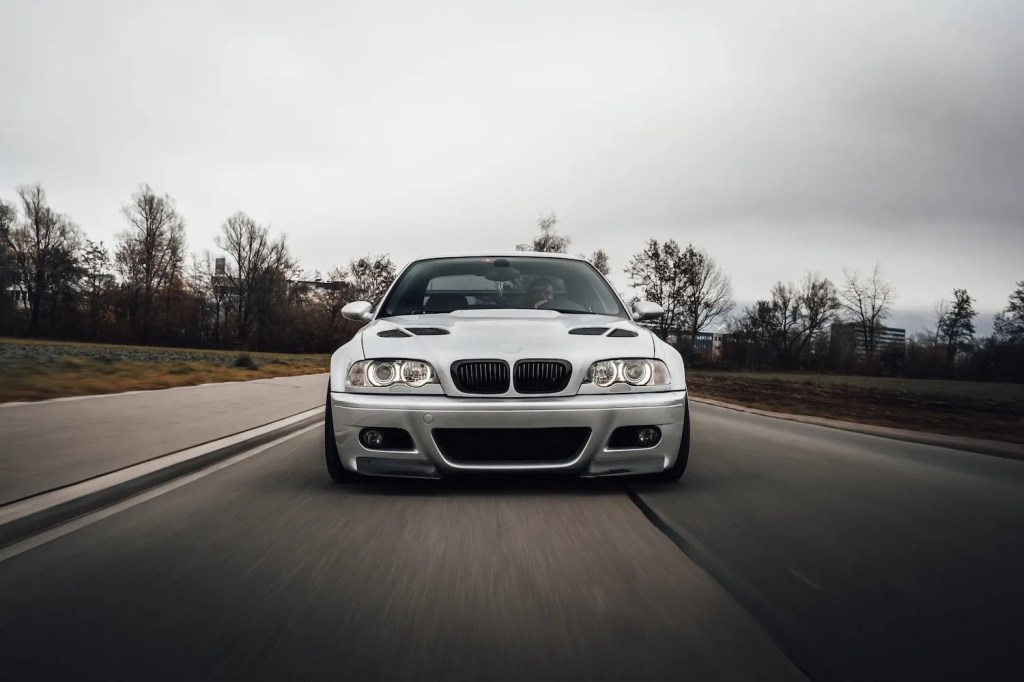
The Nathan BMW YouTube channel has an excellent purchasing guide for inspecting a used E46 3 Series (embedded below). He goes over common issues with the powertrain, suspension, and interior.
BMW E46s came with either inline 4-cylinder engines (316i and 318i models) or inline 6-cylinder engines (320i and up to M3 trims). These were among the first decade of models with BMW’s variable valve timing system (VANOS). So that added complexity can cause problems. But every E46 has an OBD II system, so if it has a check engine light you can find out what’s wrong with a standard engine code reader.
If an E46 has good power and fuel mileage, it probably doesn’t have any catastrophic engine issues. But Nathan’s BMW warns that the manual version’s Achilles heel can be the carrier bearing on the driveshaft. He recommends buyers engage the parking break and let the clutch out partially while listening for a loud “thunk” to check that bearing.
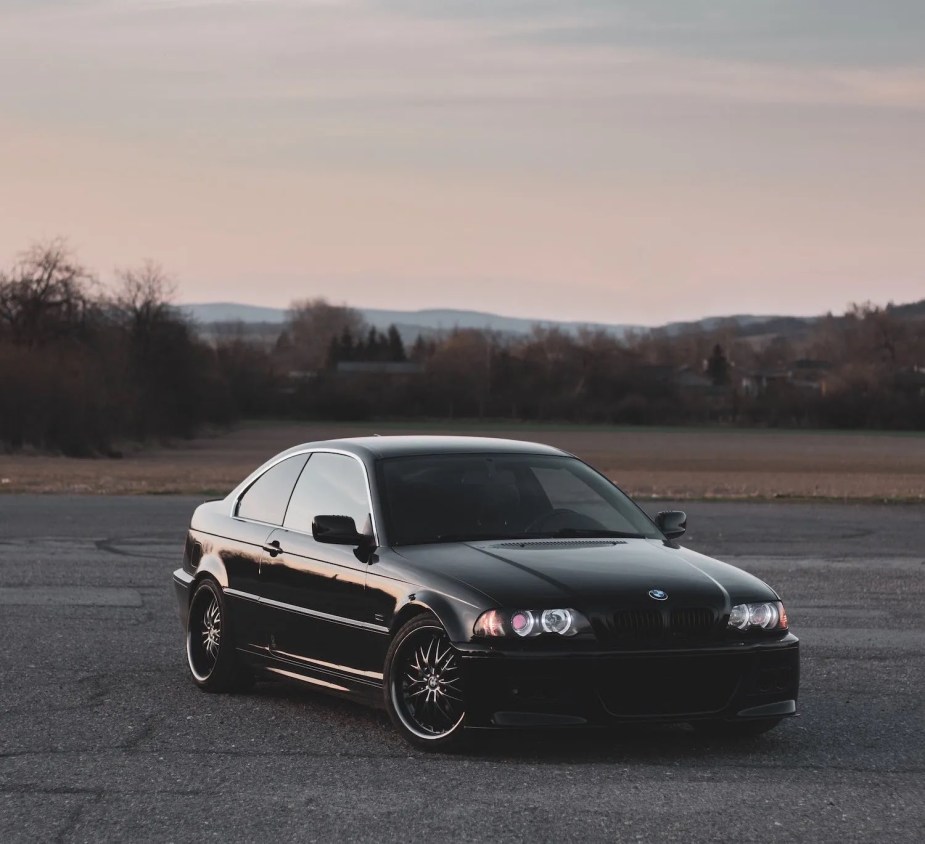
Older BMW E46s can also have problems with the front suspension. As with most cars, these will show up as “play” in the front wheels before it becomes a major issue. To test this, you can try to move the front tires (especially by pushing them backwards in the wheel wells). You can also turn the steering wheel and listen for clunking sounds.
Because BMW E46s are all 20 years old, one of the main problems their drivers experience are various leaks from the windows and corresponding problems in the interior. Electric window and sunroof actuators tend to fail. And this isn’t a big deal unless a window has been left open at some point. Likewise, the rubber seals can go bad. Water dripping into an E46 can take out electronics, especially a cluster of relays located behind the glove box. One clue these relays are failing is when the power door locks no longer work. Obviously damp carpets or water pooling in door pockets is a dead giveaway that an old car has leaks.
Overall, the BMW E46s are desirable sports sedans (or coupes, wagons, and convertibles). Their drivetrains are relatively reliable. Naturally aspirated I6 engines hit the sweet spot with fewer moving parts than many other power plants. But these cars are aging. So they can experience a bunch of interior and electronics issues and good-old-fashioned brake and suspension wear. So if your buddy tells you their beloved E46 3 Series is as reliable as any new car just because its a BMW, they’re probably full of it. But as long as its owner enjoys some light wrenching, these old cars can be a fantastic choice.
Next, find out which E46-generation 3 Series are collectors’ cars or, see how to inspect a used BMW E46 before you buy in the video below:

